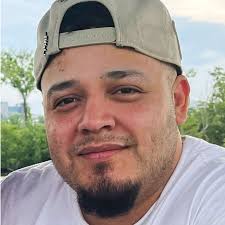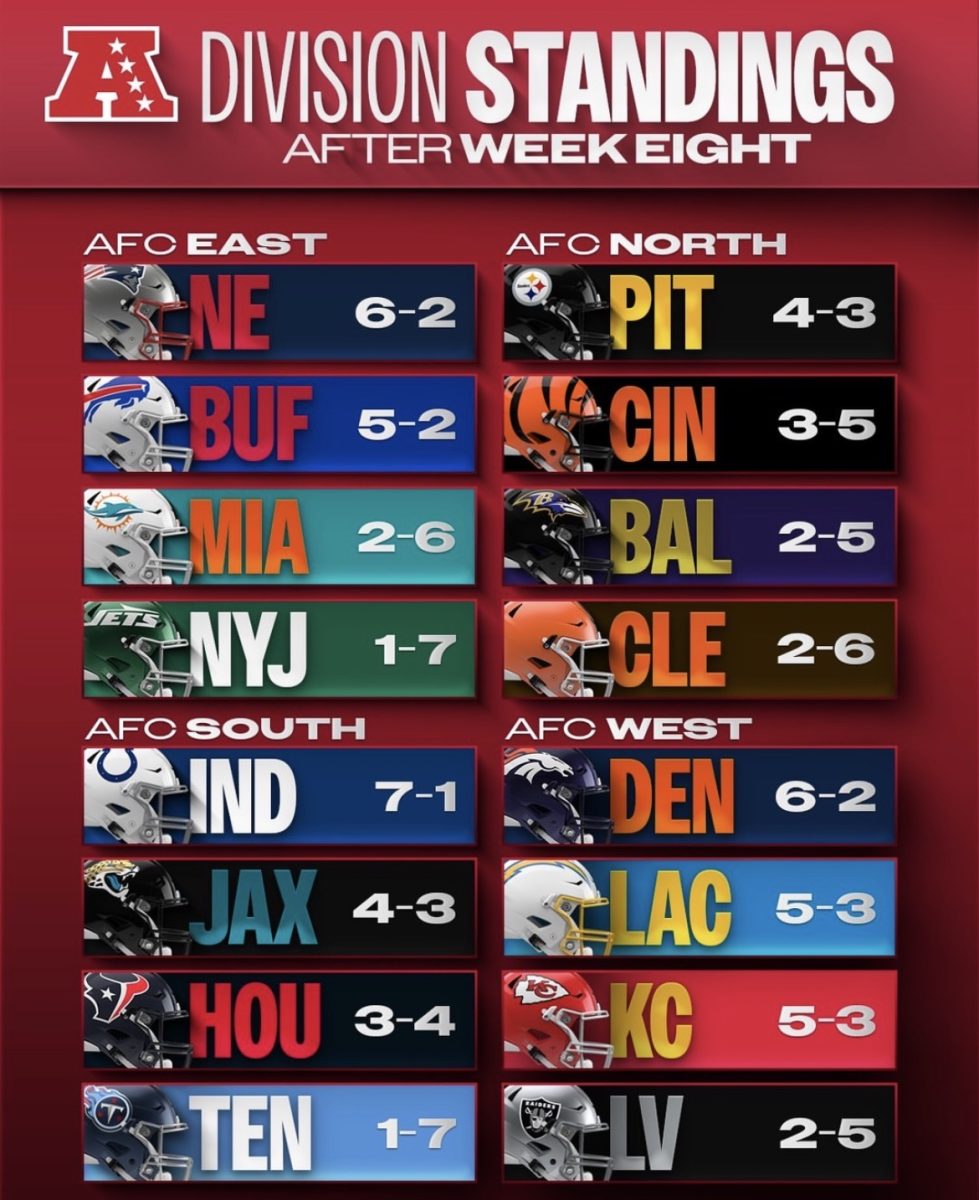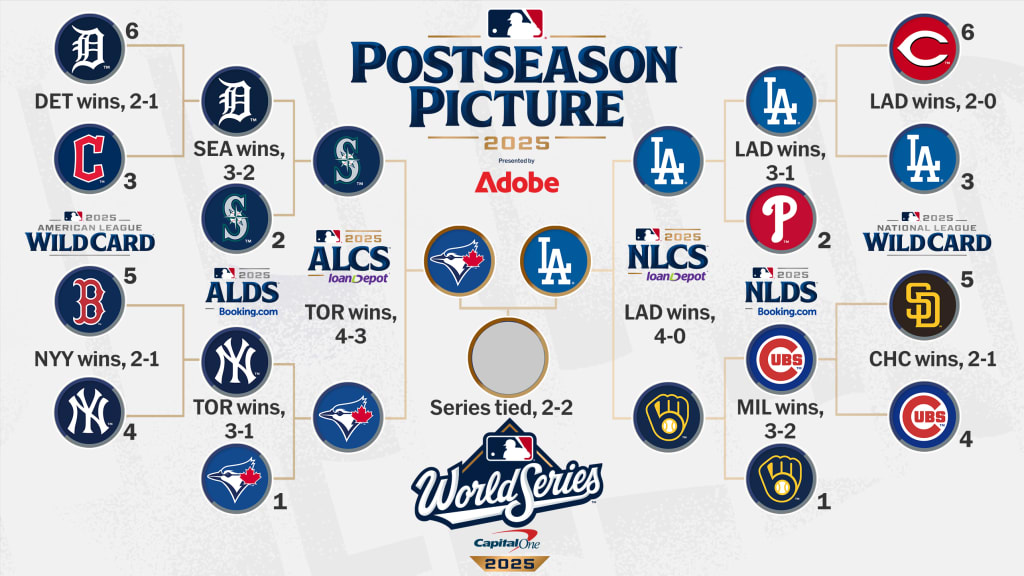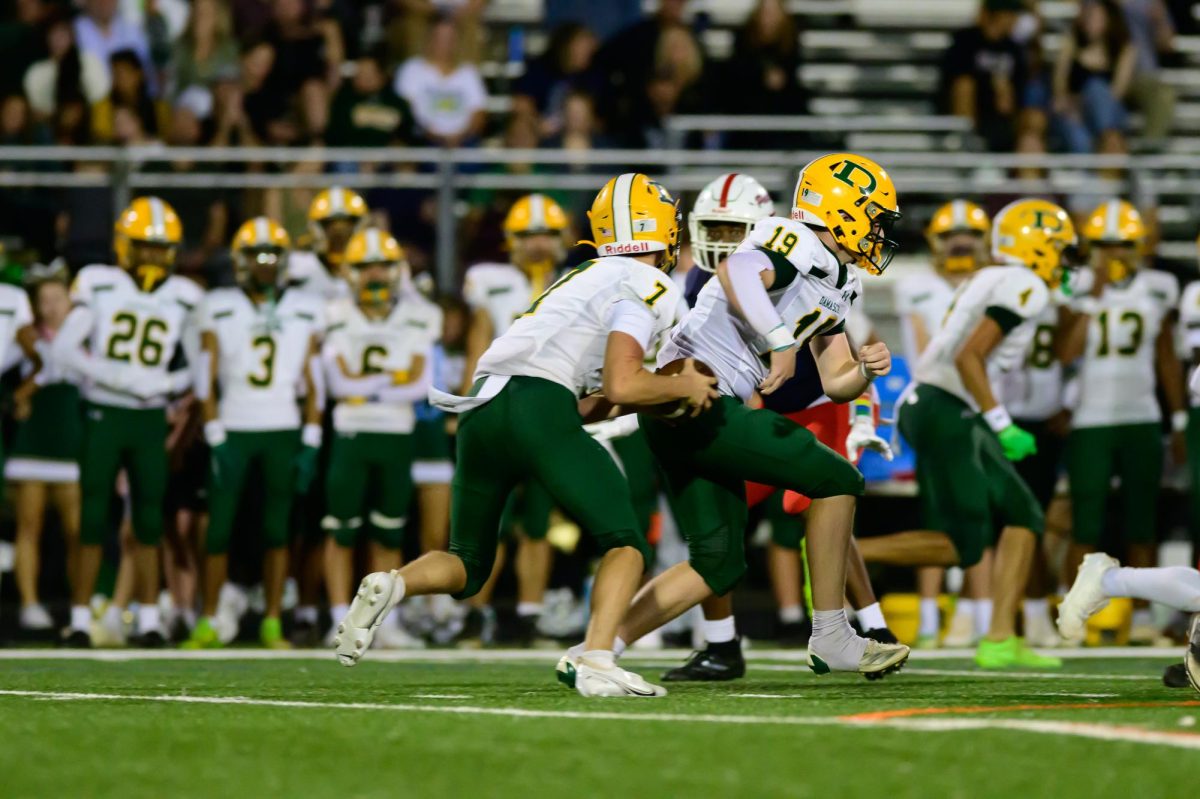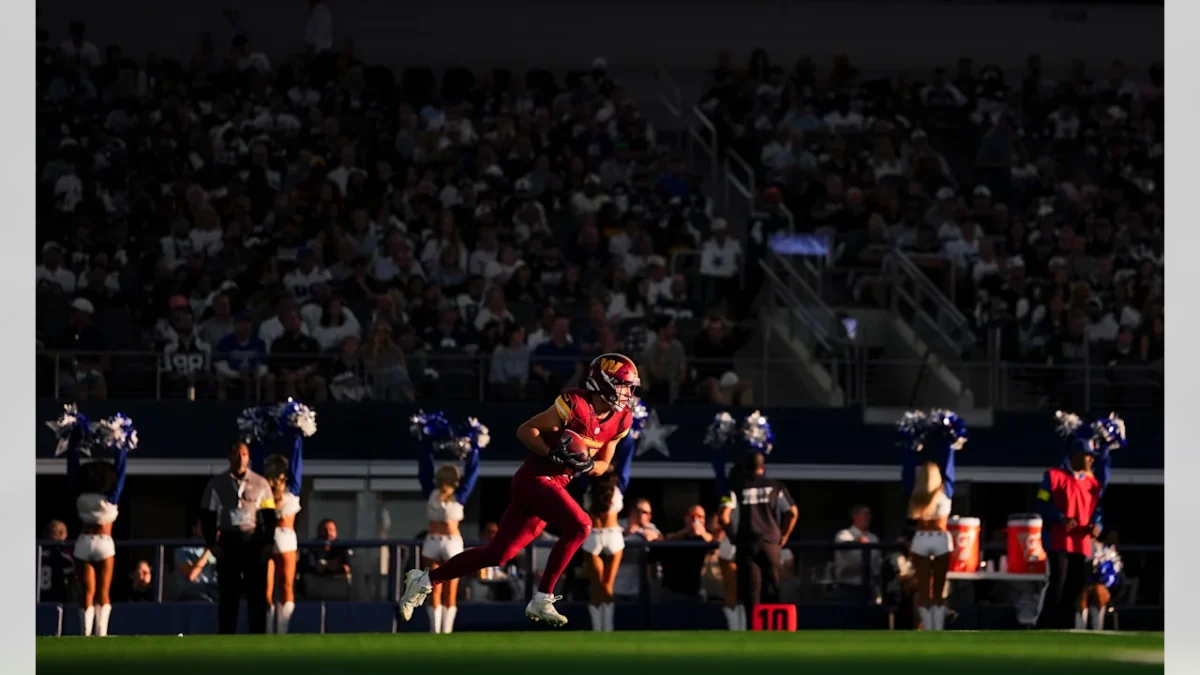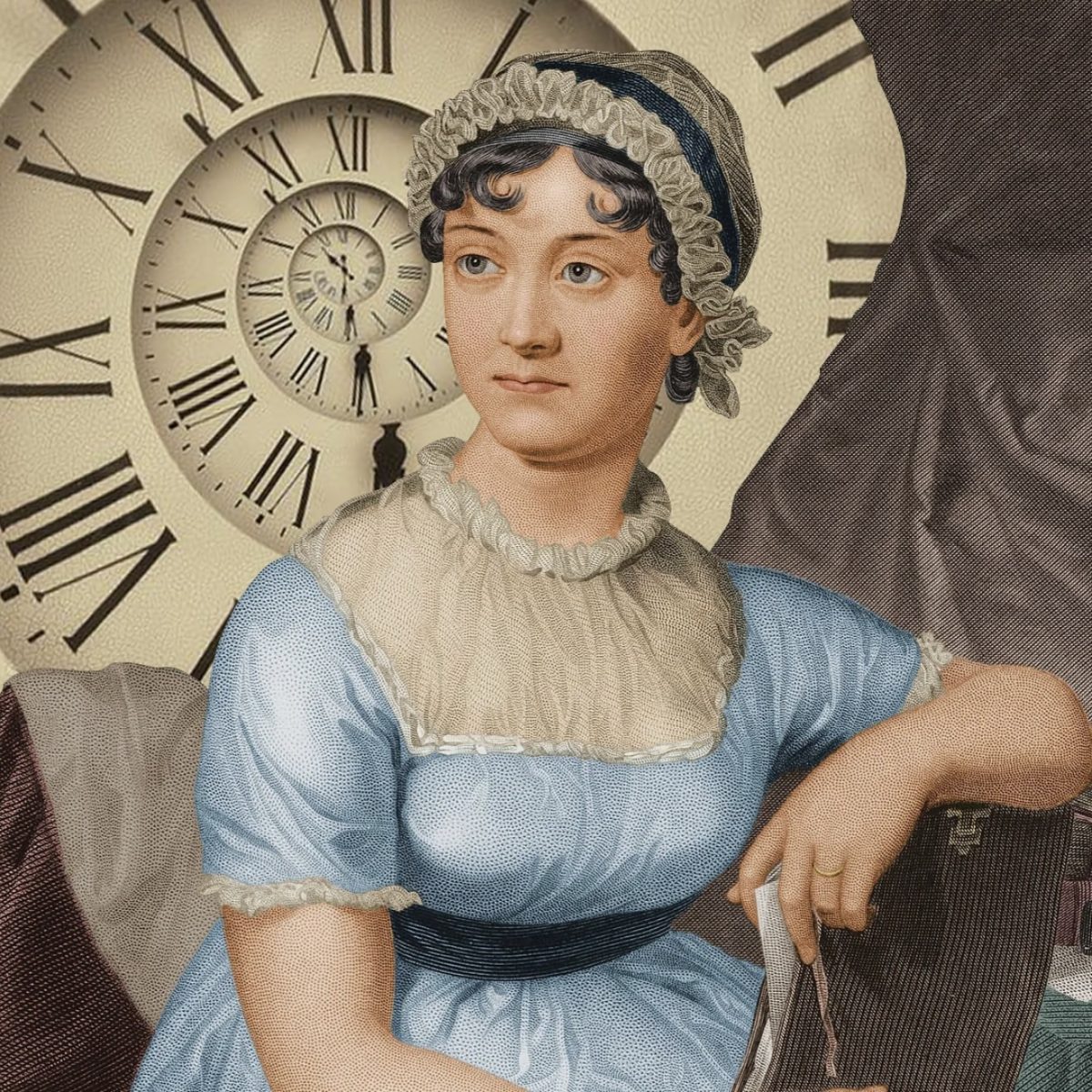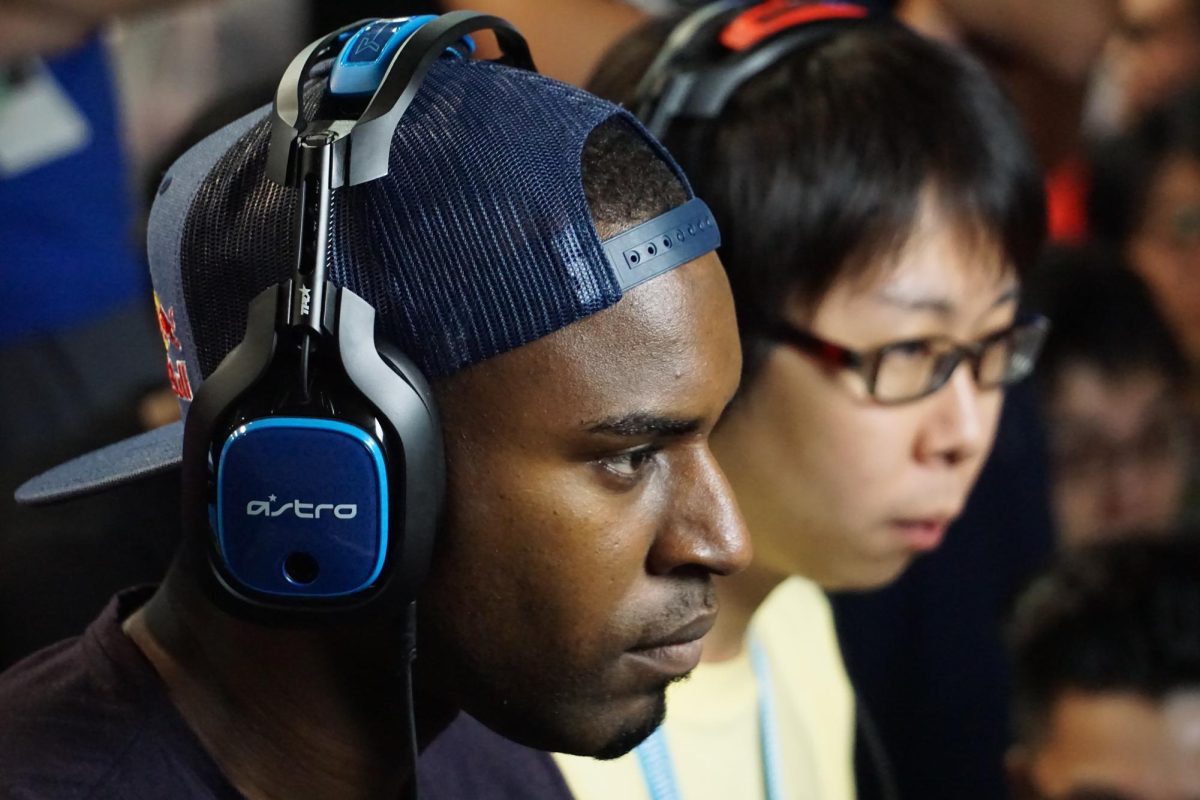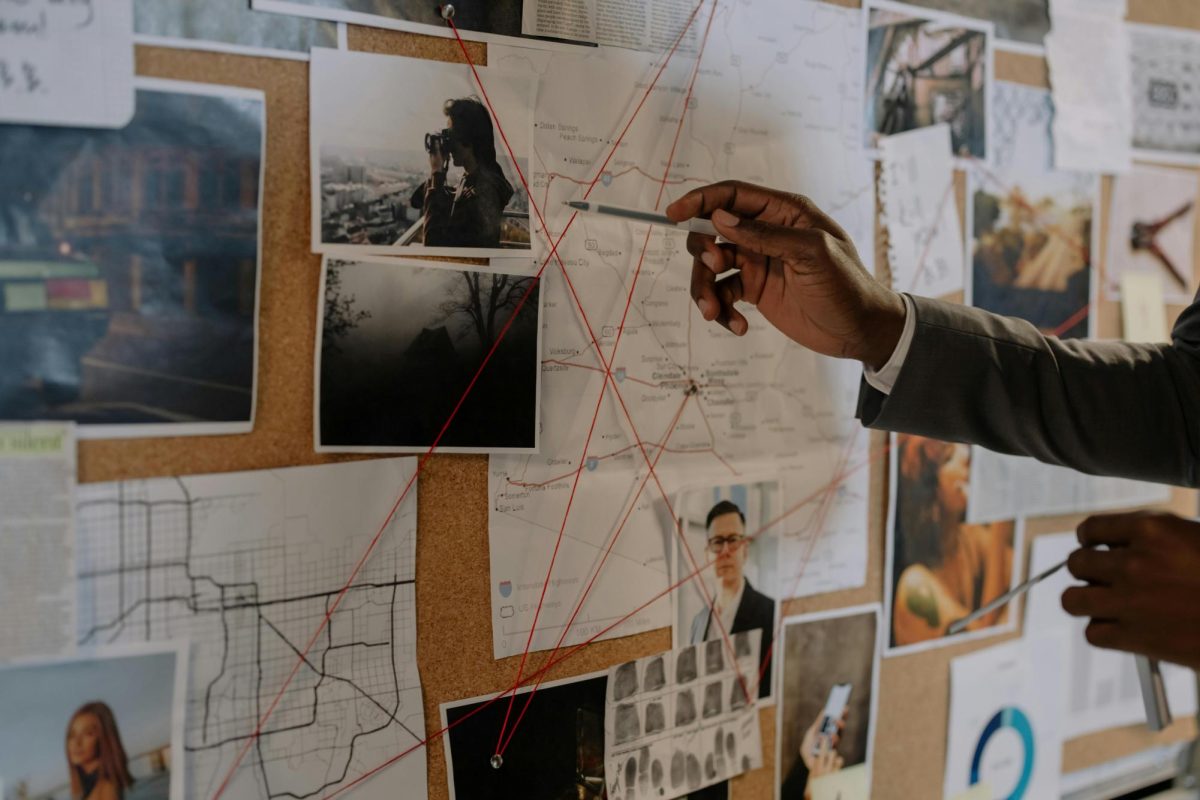“Criminal Minds,” “Law and Order: Special Victims Unit”, and even “Manhunter” are the most beloved, crime-related TV shows. All involve the FBI’s B.A.U. (Behavioral Analysis Unit). Most people love this type of TV show, but most don’t know how the B.A.U. unit got added to the FBI (Federal Bureau of Investigation).
Though it was never mentioned who first created the B.A.U., it is theorized that in 1972, agents Howard Teten and John E. Douglas founded the Behavioral Science Unit because of the high rise in homicides and crimes at that time. Before this, the FBI did not have a dedicated unit that focused on psychology in criminal behavior, but the idea of criminal profiling had been around at the time. Still, it was not looked into in depth by agents at the time.
Teten was a behavioral science expert who was teaching at the FBI Academy in Quantico, Virginia. He worked with another agent, Patrick Mullany, to use psychology in investigations. Teten’s classes about how criminals think were one of the first steps toward the BSU. The goal of this new unit was to try to understand why people commit crimes—and to use that knowledge to help solve them.
In the 1970s, the U.S. was dealing with a lot of serial killers. Serial killers, such as Ted Bundy and John Wayne Gacy, were terrifying the public. The FBI realized they needed a better way to stop these types of criminals. That’s when agents like John Douglas and Robert Ressler started doing something new: they interviewed serial killers to study how they thought and acted. They talked to dozens of criminals and used what they learned to help catch others.
All of that information was put into a program called the Criminal Personality Profiling Program. The program helped the FBI build a database of common traits, behaviors of violent criminals, and to understand the meanings behind those crimes. Over time, this turned into what we now call the B.A.U.—the Behavioral Analysis Unit.
In 1984, the BSU was renamed and became part of something bigger: the National Center for the Analysis of Violent Crime (NCAVC). This center still had the B.A.U. Inside it, but now it had more resources and a wider mission. The B.A.U. also grew into different sections: B.A.U.-1 works on terrorism cases, BAU-2 cyber crimes, threats, corruption, B.A.U.-3 handles crimes against children, B.A.U.-4 crimes against adults, and B.A.U.-5 research and training.
In shows like “Criminal Minds,” we often see the BAU jumping on planes and chasing bad guys through dark alleys. But in real life, the B.A.U. works more behind the scenes. They study crime scene photos, victim backgrounds, and other clues to help local police figure out who they’re looking for. They build profiles of suspects—age, job, habits, and even where they might live—to help narrow down the search.
Even though it’s not like the TV shows, the B.A.U. has helped solve some very big cases. For example, in the 1990s, they helped catch the Unabomber, Ted Kaczynski, by studying the words he used in his letters. In the D.C. sniper case in 2002, B.A.U. agents helped understand the mindset of the killers and gave advice that helped police find them.
The B.A.U. has inspired a lot of people to study criminal justice and psychology. Many students dream of becoming FBI profilers, but it’s not as easy as it looks on TV. To even get a chance at working in the BAU, an agent must already have years of experience with the FBI. Most BAU agents have college degrees in psychology or similar fields. They also go through special training and must be ready to deal with very dark and upsetting cases.
Even though profiling isn’t always perfect, it has helped solve many crimes. Some people say profiles are too vague or not always right, and in a few cases, they’ve even pointed to the wrong suspects. But when used with other evidence, profiling is a useful tool that can make a big difference in hard cases.
The B.A.U. keeps growing and changing. Today, they don’t just look at serial killers—they also study school shootings, cyber threats, and terrorism. New technology helps them work faster and connect with police all over the world.
So, while the B.A.U. in shows like “Criminal Minds” might seem like it’s full of action and drama, the real-life BAU is just as interesting in its way. They might not be kicking down doors, but they are solving crimes with brainpower, experience, and deep understanding of human behavior. The work they do helps protect people and bring justice to victims. And it all started with one simple idea: to catch the criminal, you have to understand the mind behind the crime.





